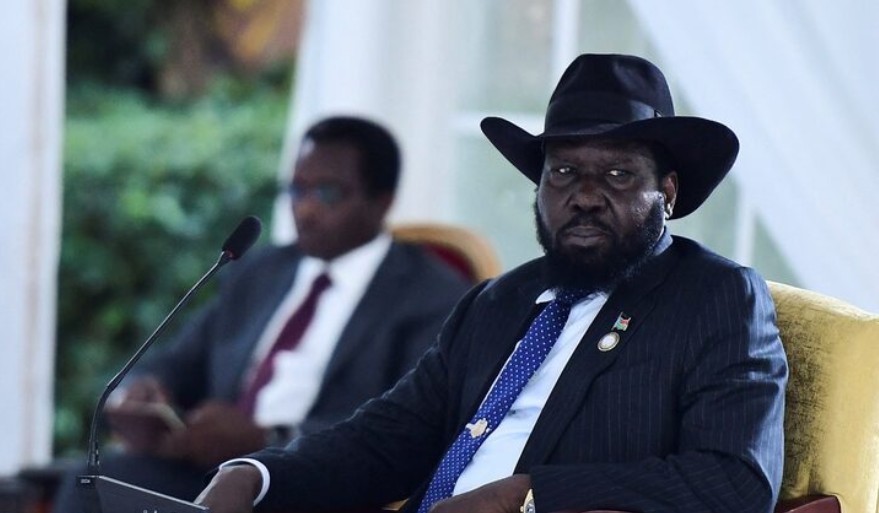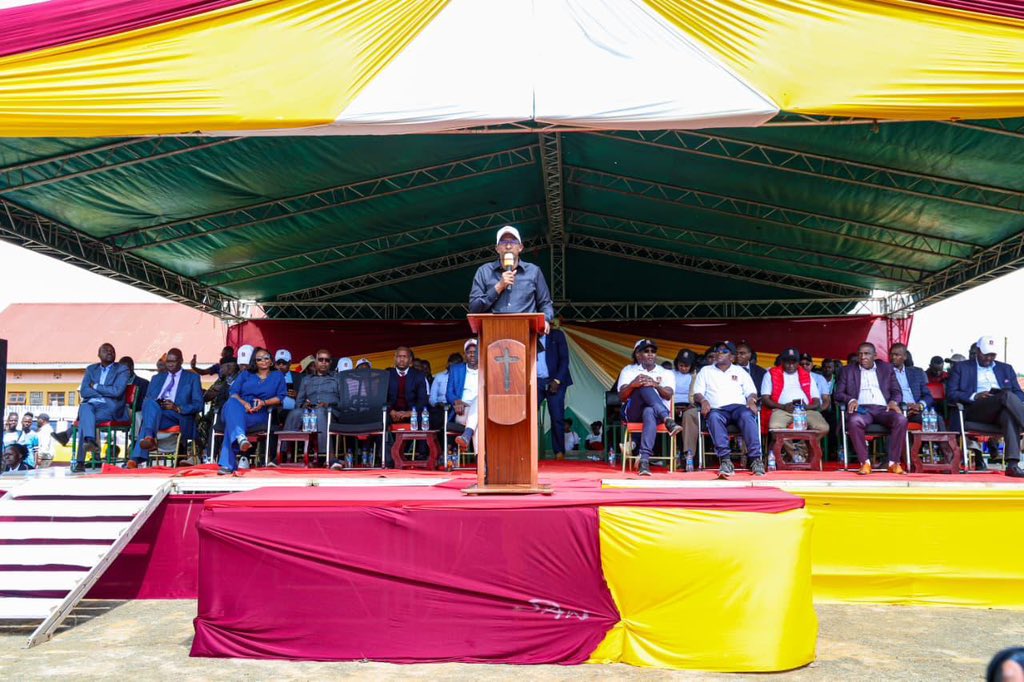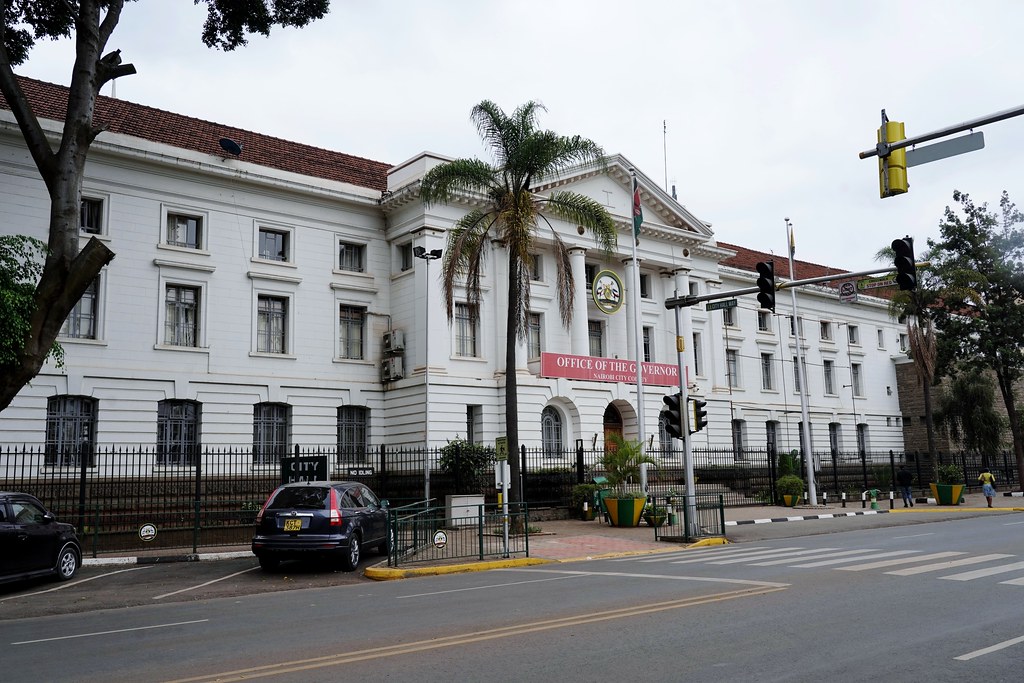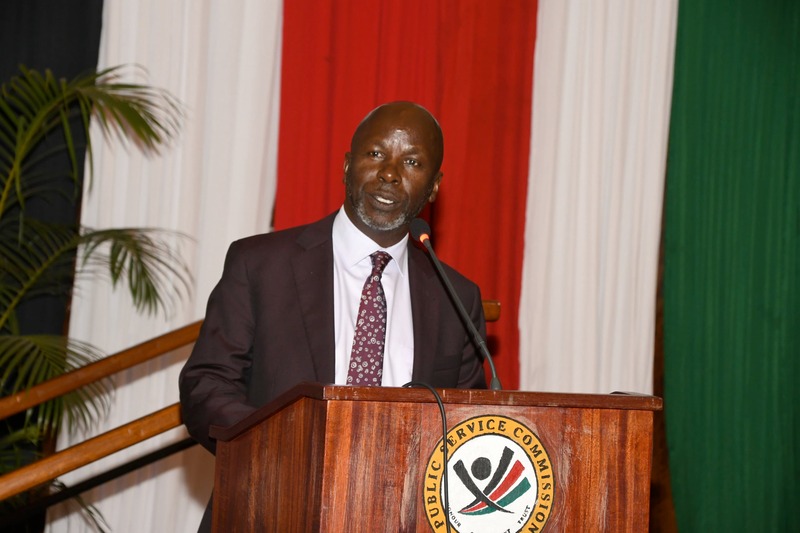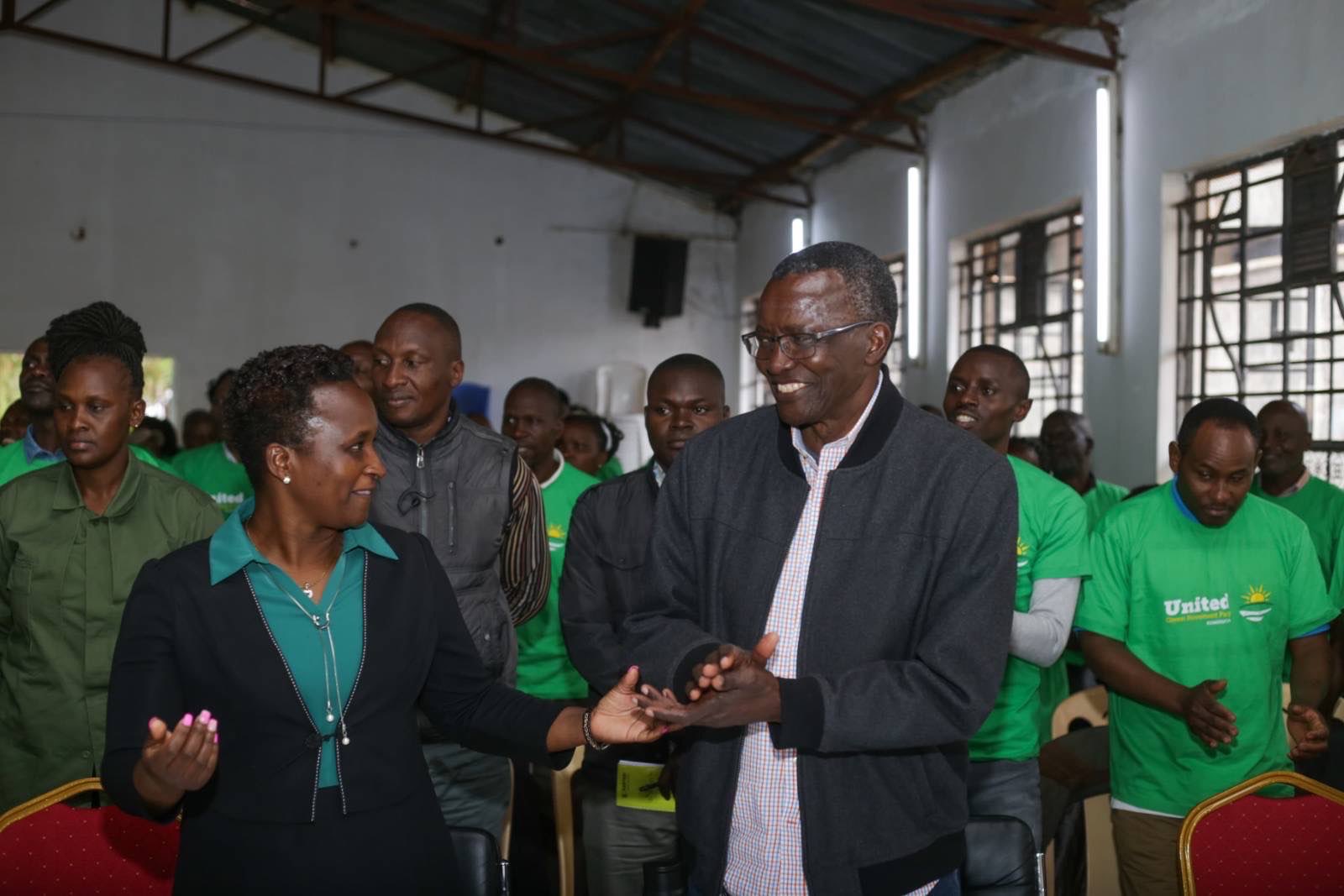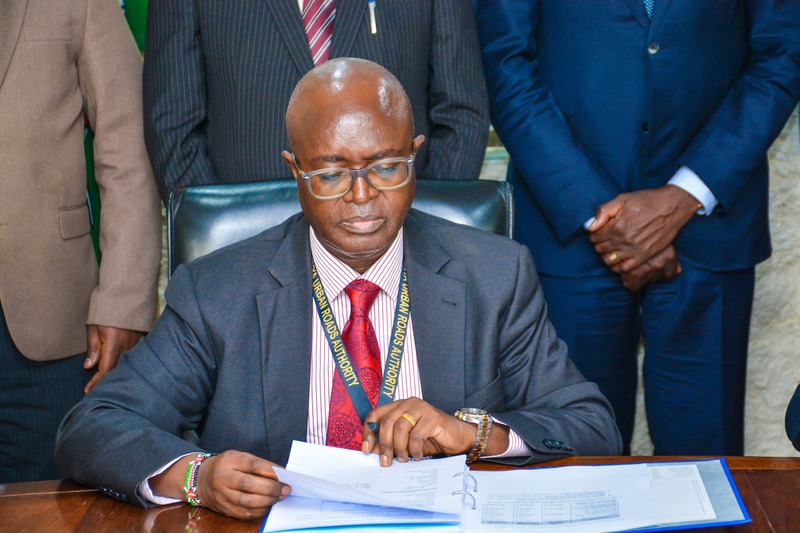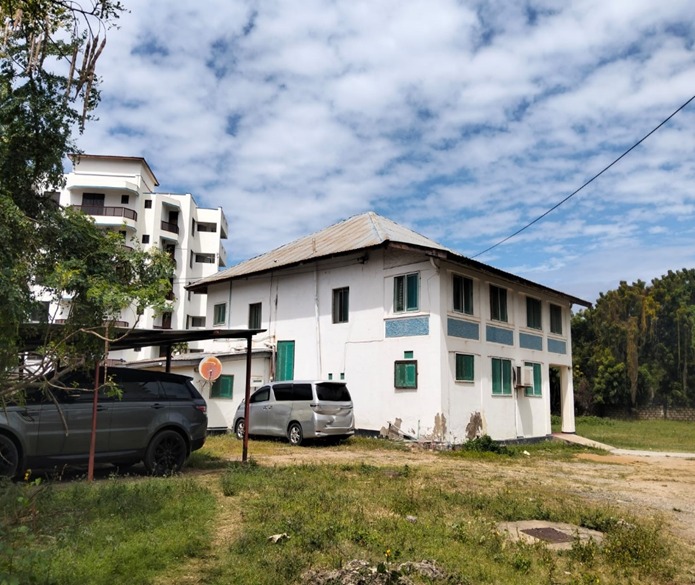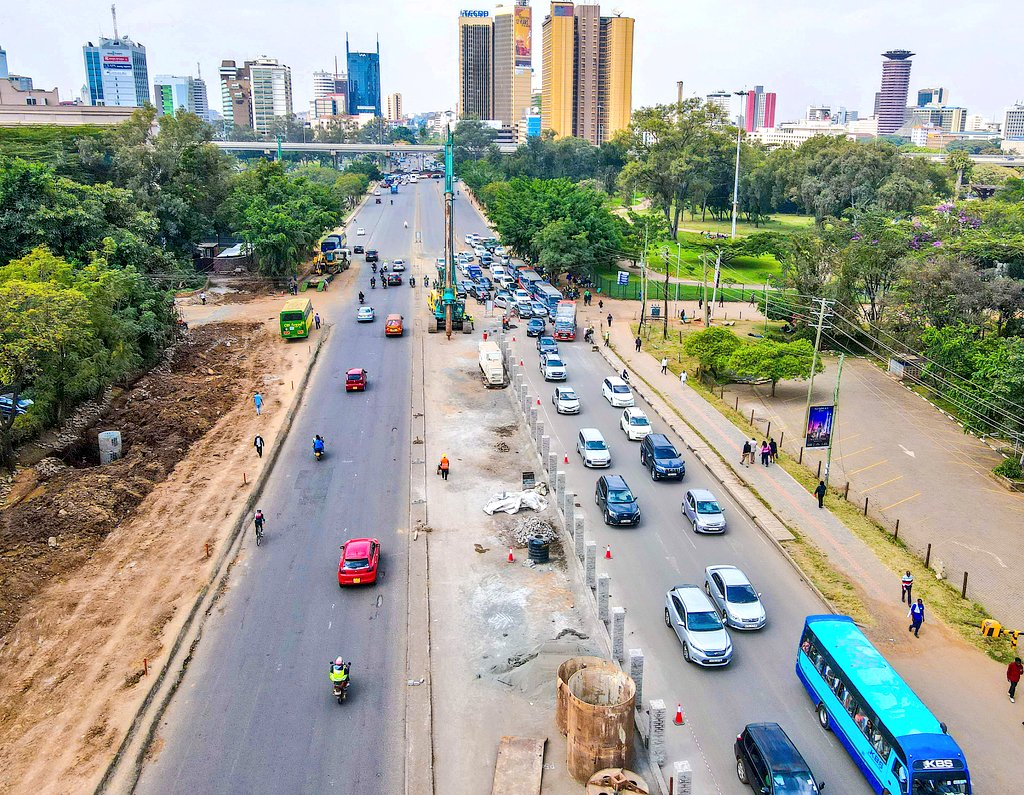314 mpox cases confirmed as MoH ramps up containment across 22 counties
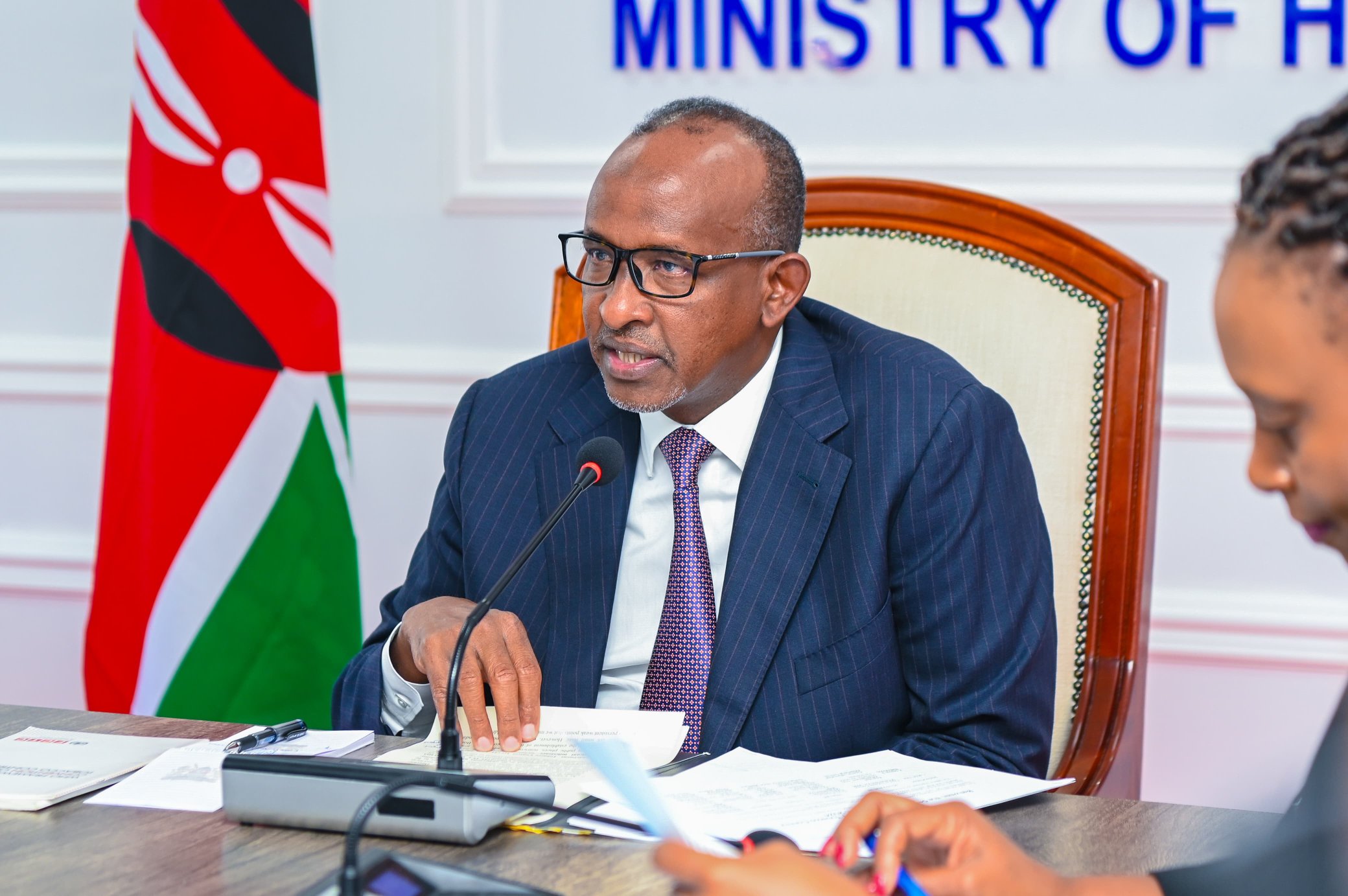
The highest number of cases has been recorded in Mombasa with 146, followed by Busia (63), Nakuru (21), Kilifi (19), Nairobi (17), and Makueni (13).
Kenya has confirmed a total of 314 mpox cases since the outbreak began in July 2024, with the Ministry of Health (MoH) intensifying efforts to contain the spread of the disease across 22 counties.
Health Cabinet Secretary Aden Duale said the government remains fully committed to curbing the outbreak and safeguarding public health, even as new cases continue to be reported.
More To Read
- Rising mpox cases, cholera outbreaks and HIV misinformation straining Kenya's public health sector- report
- Mombasa leads Kenya’s mpox outbreak as MoH, WHO step up response
- How misinformation is hampering Kenya's fight against infectious diseases
- Mpox spreads to 20 counties in Kenya, alarming increase in cases reported
- Four bodies found in Mombasa, sparking probe into their 'sudden deaths'
- Vaccine hesitancy: Inside Kenya’s push against measles, rubella and typhoid
The highest number of cases has been recorded in Mombasa with 146, followed by Busia (63), Nakuru (21), Kilifi (19), Nairobi (17), and Makueni (13).
Other counties with reported cases include Taita Taveta, Uasin Gishu, Bungoma, Kajiado, Kakamega, Kiambu, Kericho, Machakos, Migori, Kisii, Kirinyaga, Isiolo, Kitui, Narok, Baringo, and Trans-Nzoia. In the past 24 hours, three new cases were reported in Mombasa and one in Nairobi.
Currently, 33 patients are admitted to health facilities while 54 are under home-based care. A total of 222 people have recovered, and five deaths have been reported, translating to a case fatality rate of 1.6 per cent.
“We appreciate the continued efforts by the public and all stakeholders in combating this outbreak and safeguarding the well-being of our nation,” Duale said..
The ministry has so far traced 422 contacts linked to positive cases.
Out of these, 392 have completed the required 21-day monitoring period, while the rest are still under observation. Fifteen of these contacts have since tested positive for the disease.
Over 4.7 million travellers have been screened at points of entry across the country, leading to the identification and testing of suspected cases.
The National Public Health Laboratories and partner facilities have tested 905 samples, of which 314 returned positive results, giving a positivity rate of 34.6 per cent.
To contain the disease, the Ministry of Health, in collaboration with county governments and partners, has increased surveillance efforts countrywide.
Rapid Response Teams have been deployed to strengthen healthcare systems, trace contacts, investigate cases and provide treatment, including mental health and psychosocial support for patients and affected families.
Public awareness campaigns are ongoing in affected areas to reduce stigma, promote hygiene, and encourage preventive practices.
So far, over two million people have been sensitised at various points of entry.
The ministry is urging Kenyans to avoid close contact with suspected or confirmed cases, use gloves and face masks when caring for the sick, and maintain personal hygiene.
People are also encouraged not to share personal items, practice safe sex, and report symptoms early. Those with suspected or confirmed infections should self-isolate and seek immediate medical care.
“The Ministry of Health urges the public to adhere to official public health advisories and to seek accurate, up-to-date information and guidance from qualified healthcare professionals,” said the CS.
Official updates and information can be accessed on the ministry’s website or via helplines 719, *719#, 0729 471 414, and 0732 353 535.
Duale also cautioned the public to ignore false or misleading information that could derail public health efforts.
Top Stories Today

